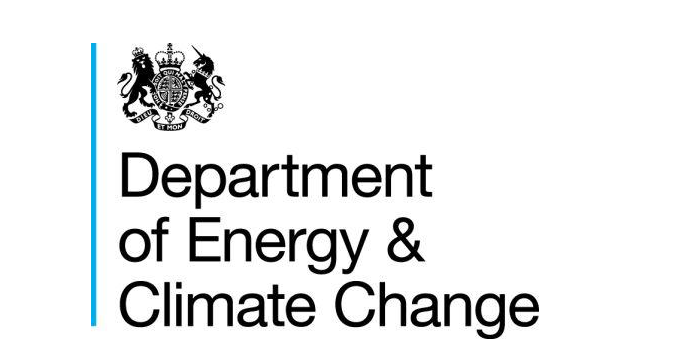
The Government released their annual energy statement last week, right in the midst of a furore created by the opposing political parties trading blows over energy policy and the ‘Big Six’ beginning to detail their Autumn energy price increases.
In the following blog I am going to look at the headline facts contained within the report.
The report first highlights the importance of the energy industry to the UK economy and how it is underpinned by our commitment to reduce carbon emissions to help target climate change and increase energy security.
To help achieve both these things, it is imperative that we target energy efficiency and also invest in low carbon technologies. The timeline for doing this is pressed by the fact around 20% of generating capacity is expected to go offline in the next 10 years.
This is exacerbated by the fact that our own supplies of oil and gas (e.g. North Sea reserves) are declining at an alarming rate and we will need to import ever more fuel to meet the gap in supply and demand.
In an effort to insulate the UK in fluctuating energy markets, the Government is keen to push a new low carbon energy mix ranging from Nuclear to Offshore wind and they will concentrate energy policy on helping securing the massive investment required to achieve this.
While we move to this low carbon energy mix, gas will play a major role in ensuring the lights stay on and the Government has established the Office for Unconventional Gas and Oil to look into the feasibility of things like shale gas.
To help deliver the UK’s Energy Policy, the Government has prioritised three things:-
- Help households and business take control of their energy bills to help keep costs down
- Unlock investment in the UK energy industry with a particular focus on infrastructure
- Become the International talisman in leading the fight against climate change
So how is the Government proposing to do this?
Help Consumers
To help households take control, there is legislation currently being drafted to ensure consumers are automatically placed on the lowest cost energy tariffs, and this will be helped by OFGEM’s retail market reforms to lower the number of tariffs available from each supplier – just visit uSwitch to see how many are available today! There are also plans in place to lower the switching period and actually make it easier to switch in the first place.
The Government are also still targeting increased competition within the energy market to break the ‘Big 6 monopoly’. At the moment there are too many barriers to entry for smaller utility companies looking to make ground in the sector. The theory is that if there was more competition, companies will do more to compete with one another and therefore this will drive down energy prices for consumers.
One of the major things the Government is going to try to do is to reduce energy demand through energy efficiency measures. The EU energy efficiency directive is seeking to deliver 20% energy efficiency savings by 2020 based on 2007 levels and the Government is looking to take these numbers and improve on them.
In terms of helping business with rising energy costs, the Government is soon to role out the non-domestic Green Deal when the Renewable Heat Incentive is already in full flow. Other non-domestic schemes include the CRC energy efficiency scheme and mandatory carbon reporting.
Unlock Investment
DECC estimate that £35bn has been invested in new electricity infrastructure since 2010, however to reach our 2020 legally binding targets it is estimated a further £110bn will be required and this has the potential to support 250,000 new jobs.
During 2013 the Government made announcements on the Electricity Market Reform (EMR) program. This included details on the Contract for Difference (CfD) scheme, which will support low carbon energy. When the final EMR delivery plan gets released later in 2013, it will provide concrete clarification on the funding levels for low carbon generation through to 2021, which will obviously encourage investment in the energy sector. To help enable investment decisions before the role out of the EMR, the Government has committed to a programme of Final Investment Decision Enabling, which put simply are the early CfDs – an early success here is the recently announced Hinkley Point C nuclear power plant.
Tackle Climate Change
The IPCC’s recently released report provides an overwhelming body of evidence that man made green house gas emissions are the dominant cause of recent warming. The UK Government has already signed up to reduce its carbon emissions by at least 80% by 2050 (from 1990 levels), however in order to make sure these targets are hit the Government has also put in place ‘carbon budgets’ which are done on 5 year timescales.
The Government is also encouraging EU leadership when it comes to climate change on the International stage.
So that’s it – I actually found it really encouraging that the focus of the report is still on the move to a lower carbon energy mix. That is where this country needs to get to – so we are less reliant on other countries for our fuel and as a consequence we are helping tackle climate change.












No Comments yet! Be the first one.